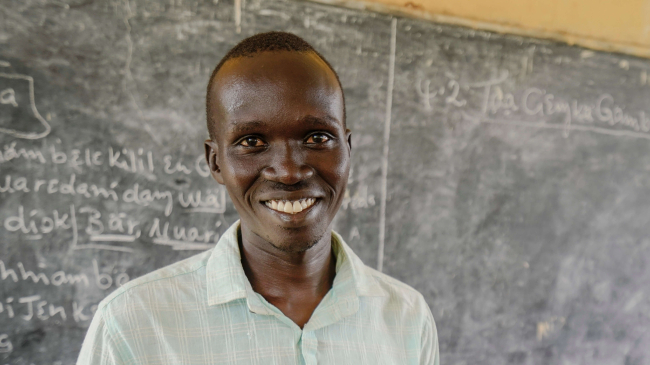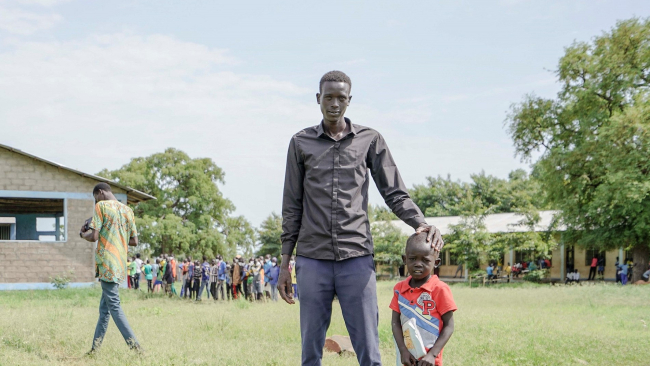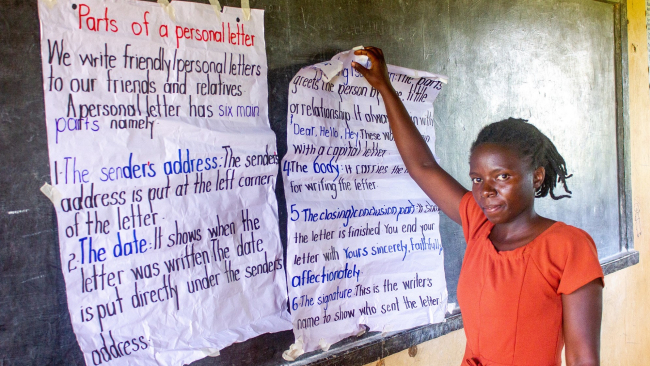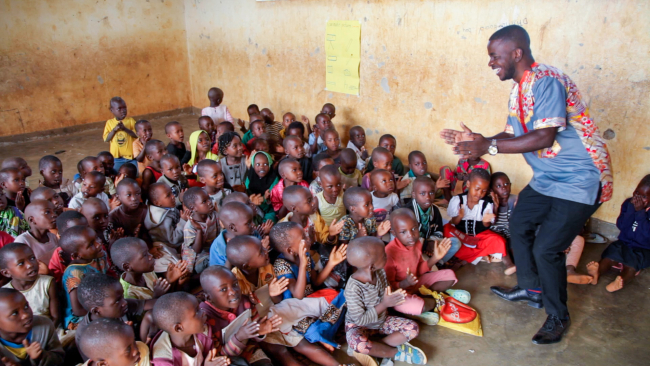Refugee girls are one of the most marginalized groups in the world when it comes to school participation, with girls half as likely to enroll in secondary school as their male peers. Gender disparities can be made worse by conflict and displacement and increase as children get older. As many low- and middle-income host countries move toward more inclusive models of refugee education, it’s critical to identify barriers that may differentially limit refugee girls’ inclusion. This paper uses two unique household surveys in Ethiopia to examine household and community factors shaping participation in secondary school. The findings suggest that the magnitude and sources of disadvantage vary across groups. Domestic responsibilities at home and concerns about safety in the community are more likely to limit secondary school participation for refugee girls compared to boys and host community girls, while other factors including parental education and exposure to gender-based violence are less likely to differ between refugees and host communities. These findings have implications for policies targeting girls’ education for both refugees and host communities.
Year
2022
Pages
29
Series
Working paper, 604
Countries
Resource Types
Languages





